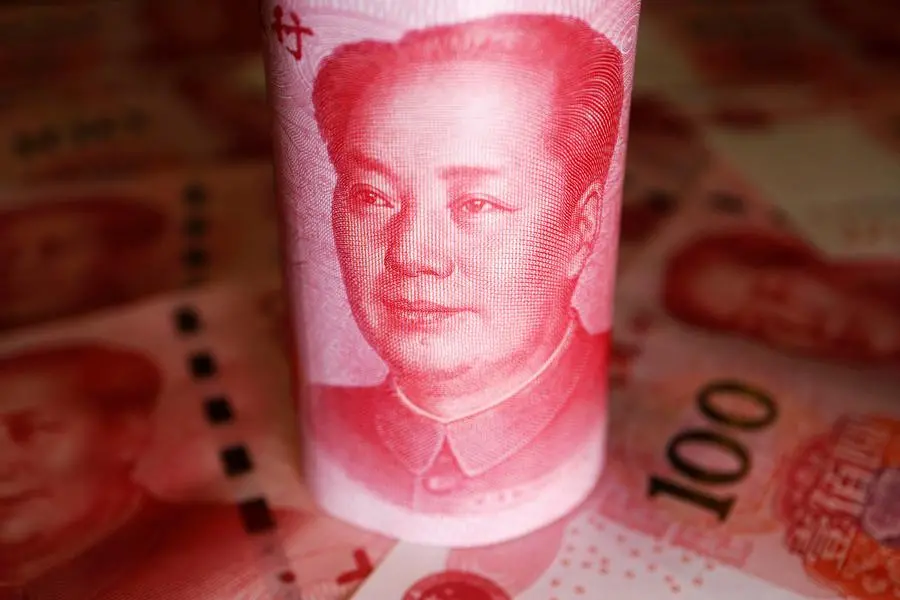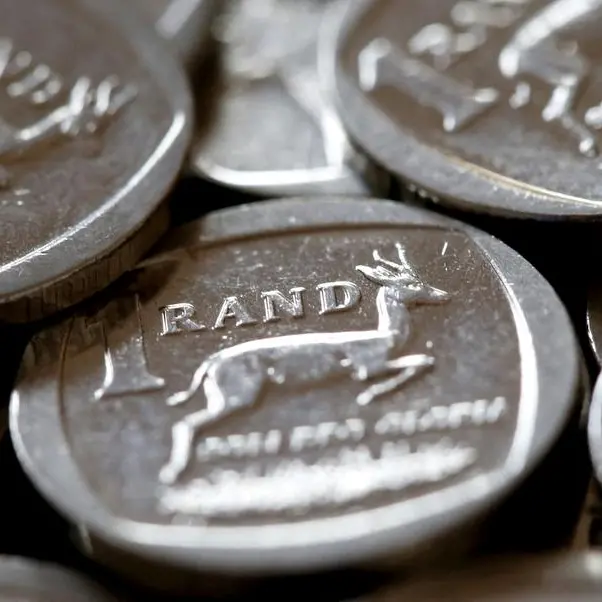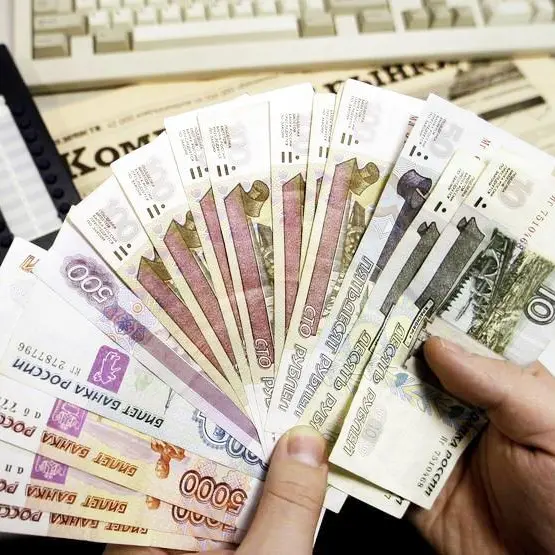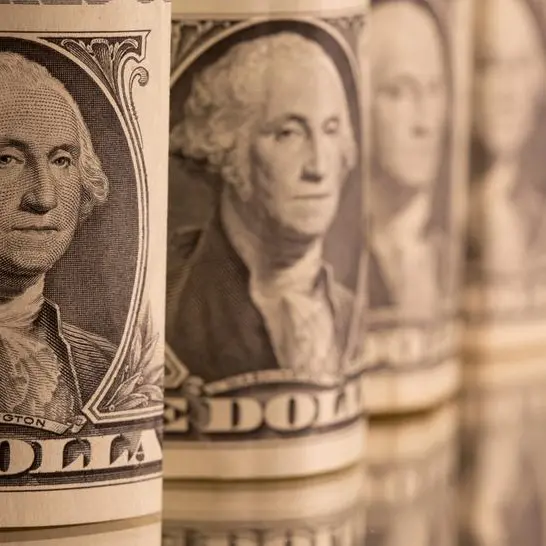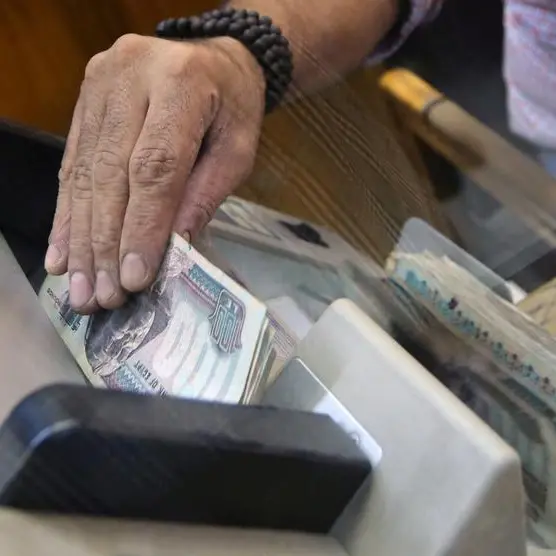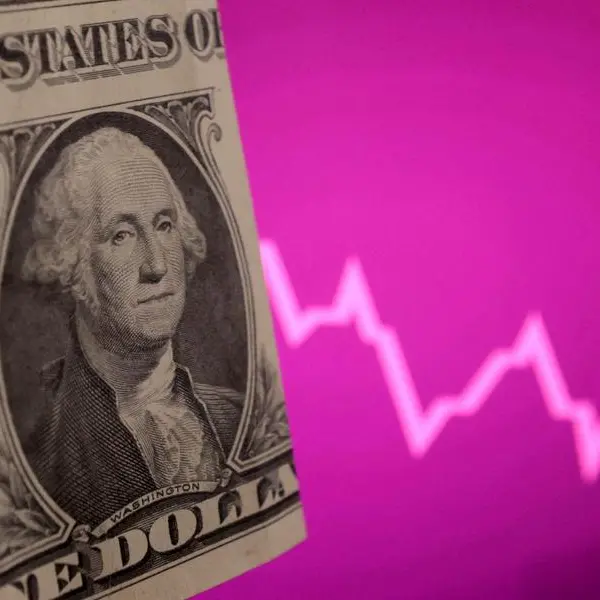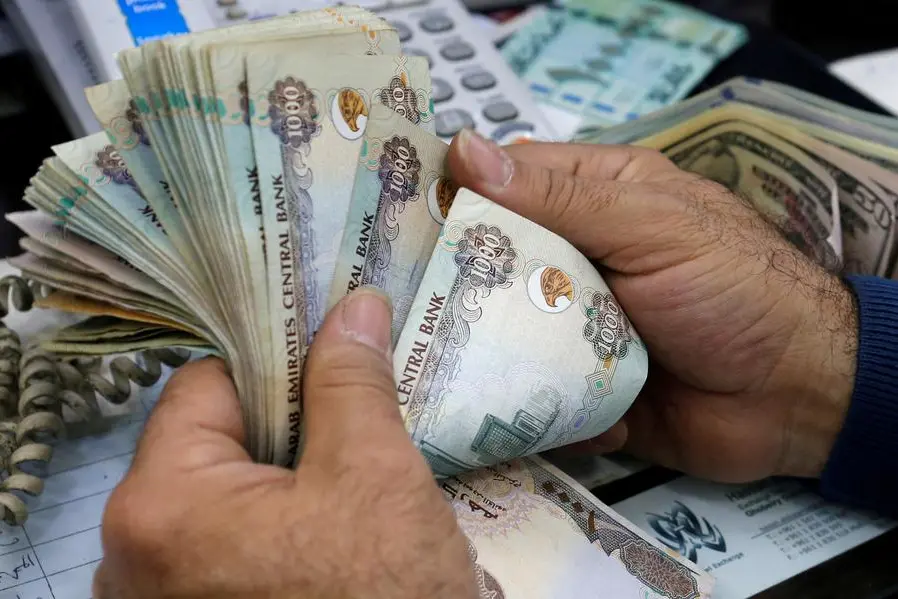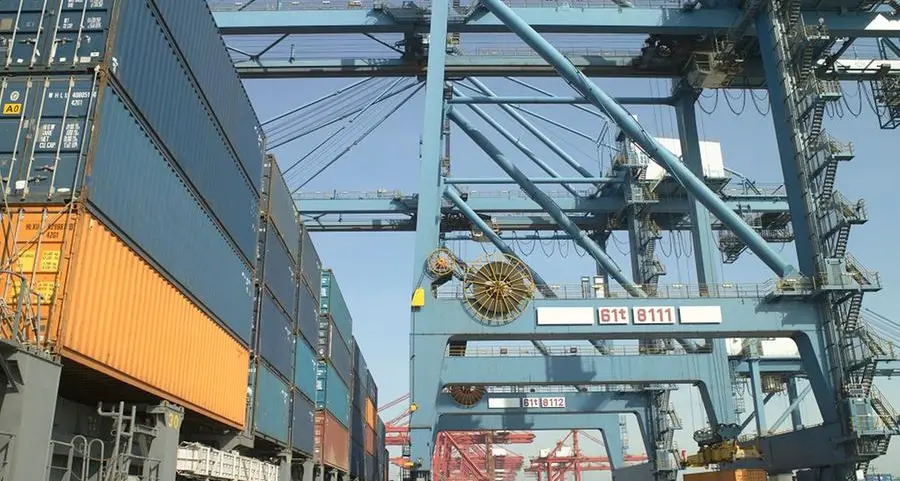PHOTO
FILE PHOTO: Chinese Yuan banknotes are seen in this illustration picture taken June 14, 2022. REUTERS/Florence Lo.
SHANGHAI - China's yuan slipped against the dollar on Wednesday, as worries over worsening trade relations between the world's two largest economies outweighed better-than-expected first-quarter economic growth data.
China's gross domestic product (GDP) grew 5.4% in the first quarter, beating expectations, underpinned by solid consumption and industrial output even as policymakers brace for the impact of U.S. tariffs that analysts say pose the biggest risk to the Asian powerhouse in decades.
However, the data was yet to capture the impact of tit-for-tat duties kicked off by U.S. President Donald Trump on April 2 as many exporters might have front-loaded their orders, traders and analysts said.
"The damage from the trade war will show up in the macro data next month," said Zhiwei Zhang, chief economist at Pinpoint Asset Management.
"Supply chains are disrupted, and ripple effect will likely show up in many countries. The uncertainty is extremely high for corporates and investors."
Some global investment banks also lowered their projections for China's economic growth this year, in anticipation that Trump's aggressive tariffs are expected to take a toll on the Chinese economy.
Nvidia <NVDA.O> on Tuesday said the U.S. government limited its H20 artificial intelligence chip sales to China, with many market participants viewing it as a fresh sign of escalation in trade tensions between Washington and Beijing.
As of 0324 GMT, the onshore yuan <CNY=CFXS> was 0.18% lower at 7.3282 per dollar, while its offshore counterpart <CNH=D3> traded at 7.3337.
The yuan was not far from a 18-year trough of 7.3518 hit last Thursday, and it also hovered near an 11-year low against the euro <EURCNY=CFXS>.
Prior to market opening, the People's Bank of China (PBOC) set the rate <CNY=PBOC>, around which the yuan is allowed to trade in a 2% band, at 7.2133 per dollar, the weakest since September 11, 2023.
That was 23 pips weaker than the previous fix and 1,139 pips firmer than a Reuters' estimate <CNY=RTRS> of 7.3272.
The PBOC has slightly loosened its grip on the currency since last week by allowing official guidance to weaken past the key threshold of 7.2. However, it came in much stronger than market projections, which traders interpreted as an official attempt to keep the yuan steady while allowing some flexibility to counteract tariff shocks.
Economists at Societe Generale said they expected measured yuan depreciation as "stability matters for confidence."
"Big bazooka not unimaginable, but the long-term focus is consumption," they said in a note.
"Policy stimulus will need to be 2.5% of GDP or more to be convincing, and spread out over a few quarters. This is entirely plausible given this is a once-in-a-century trade shock. A lot of policy measures that faced high hurdles to implementation before, now have a much higher chance of being rolled out."
They pointed out the next event to watch would be the Politburo meeting later this month, which could shed light on policy thinking towards reactions to the Sino-U.S. trade tensions.
LEVELS AT 0324 GMT:
| INSTRUMENT | CURRENT vs USD | UP/DOWN(-) VS. PREVIOUS CLOSE % | % CHANGE YR-TO-DATE | DAY'S HIGH | DAY'S LOW |
| Spot yuan <CNY=CFXS> | 7.3282 | -0.16 | -0.4 | 7.32 | 7.3295 |
| Offshore yuan spot <CNH=D3> | 7.3337 | -0.05 | 0.04 | 7.319 | 7.3336 |
(Reporting by Shanghai Newsroom; Editing by Lincoln Feast.)
